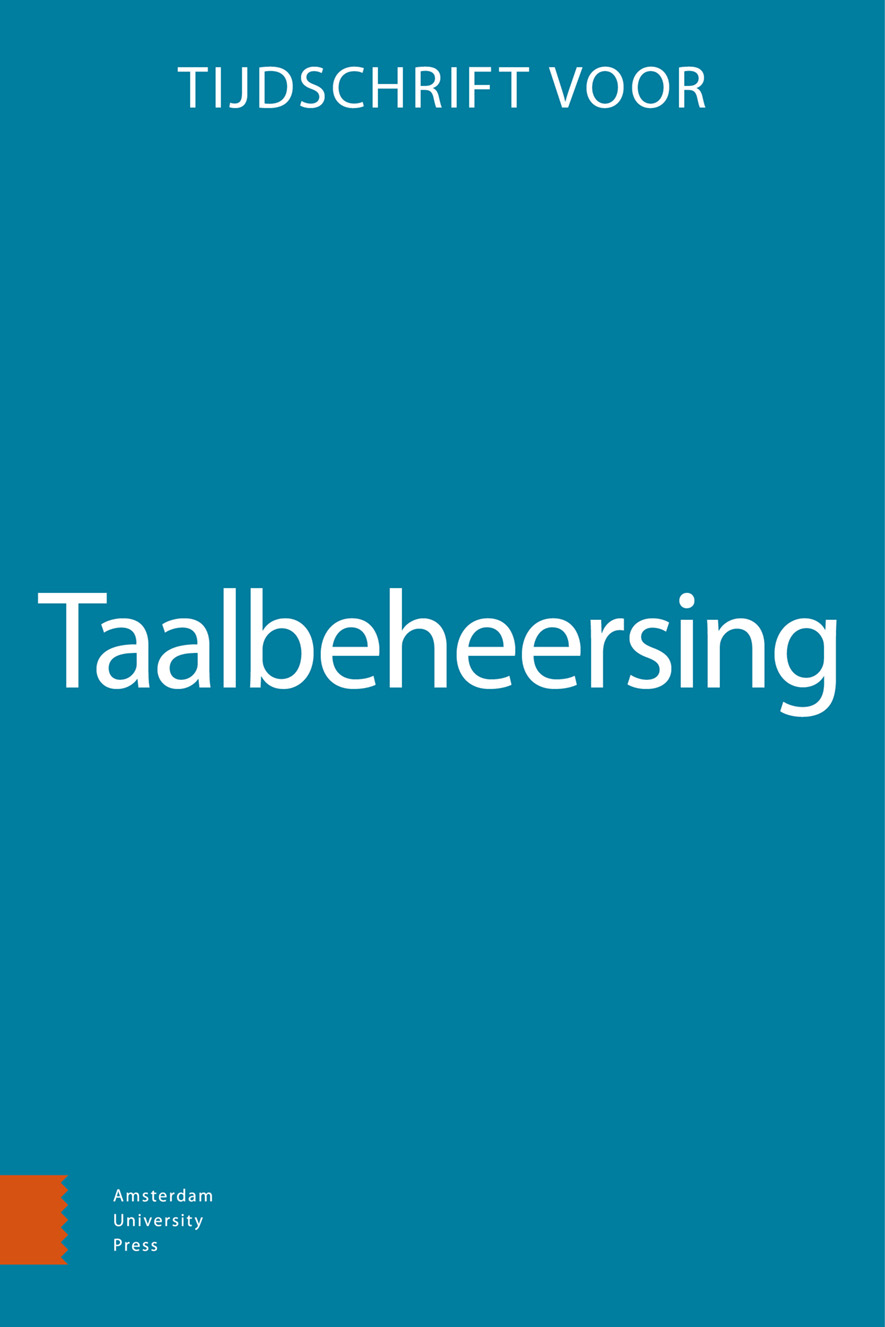-
oa Vernieuwend formuleer- en schrijfstijlonderwijs voor klas 3 en 4 havo/vwo
Een effectstudie
- Amsterdam University Press
- Source: Tijdschrift voor Taalbeheersing, Volume 45, Issue 2/3, Dec 2023, p. 97 - 143
-
- 15 Dec 2023
- Previous Article
- Table of Contents
- Next Article
Abstract
Effects of innovative formulation education for 3rd and 4th-year students from higher secondary education.
This article discusses the effects of a renewed module for formulating education for 3rd- and 4th-year-students from higher secondary education. The renewed module focused on language proficiency and language awareness. During the lessons students learn to work with writing style strategies which help them to make informed formulation choices to solve rhetorical problems; they learn to use ‘grammar for writing’. The students also learn to reflect on the effects of their formulations on the reader. Two cohorts of students took part in the intervention. The control cohort followed the regular lessons which are about learning to solve grammatical erros in de contextualized sentences. The experimental cohort received instructions via the renewed lesson series. The students of both cohorts wrote two texts both before and after their lessons formulation. In addition, a questionnaire was administered targeting their appreciation of the lessons and their stylistic awareness. The texts that students wrote were analysed on the use of writing style strategies. The results of the questionnaire show that students of the experimental cohort are significantly more positive about the renewed lessons and that the renewed lessons contributed to their stylistic awareness. In addition, the text analyses showed that students following the renewed lessons significantly used more writing style strategies. The conclusion of this study is that lessons which focus on writing style strategies and grammar for writing can have a significant impact on the writing style of students.


